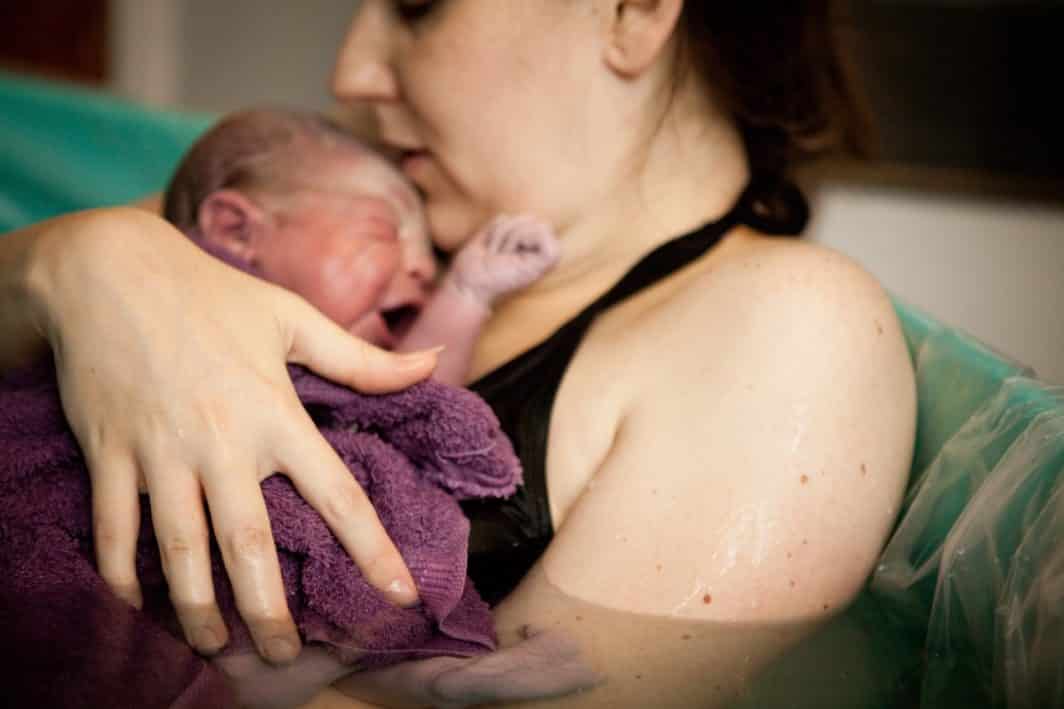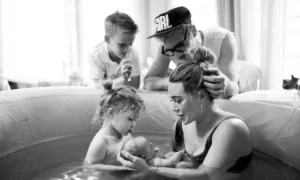When I first got involved in the mom and baby business and started learning more about the birth industry years ago, I assumed everyone had babies in the hospital, got an epidural, pushed on their back, and had a vaginal birth. Of course, I also knew about C-sections, but I thought a vaginal, medicated birth in the hospital was the way to have a baby. (Mind you, I was in my early 20s, and most of my labor and birth education came from TLC’s A Baby Story or anything in the movies. Ha!) When I heard that some people still chose and continue to choose to have their babies at home or at a birth center, I assumed they were “hippy” women. Also, I thought having a home birth was dangerous, and these women were not taking advantage of modern technology and medicine.
I wondered: Is giving birth at home still safe to do today? What if something goes wrong? What if there are complications? Why would anyone want to do that? I also thought that since the epidural existed, why not use it?
Knowing what I know now and having seen the things I have seen during hundreds of labors and births, it’s crazy and almost humorous for me to think back to what I thought then to what I know now. So if you want to learn more about home birth and are asking the same questions I did, this article is for you.
Disclaimer: A home birth is not for everyone. I support whatever you feel is best for you and your baby and whatever you want your birth experience to be like. About 98% of my clients give birth at the hospital, and I wholeheartedly support their decisions because this is their baby, their body, and their choice. Also, your healthcare provider will caution against a home birth if you have diabetes, chronic hypertension, a seizure disorder, or any chronic medical condition. If you previously had a C-section or have developed a pregnancy complication, such as preeclampsia, or if you are pregnant with multiples or your baby is in a breech position, a home birth might not be right for you. For healthy women, who are having a healthy pregnancy (low risk), and whose baby is doing well, this is an excellent option for you and is encouraged.1
Here Are Some Reasons Why You Should Consider Giving Birth at Home
1. Home Sweet Home
Where do you usually want to be when you’re not feeling well or having PMS symptoms? For me, I want to be at home. There is nothing like cuddling up in your bed or on your couch in your home when you’re not feeling well. And guess what? When you’re in labor, you feel so much better at home, and your body responds better to it too. You know where the bathroom is (and who has used it), where the kitchen is and what food and drinks you have, and you aren’t confined to a small space. You have your whole home all to yourself, and you don’t have to share it with anyone else but your support team at your most vulnerable time. Here are some great benefits of being at home:
You don’t have to drive anywhere.
You can relax and get through each contraction comfortably anywhere you please in your home.
You won’t have strangers at your birth.
There won’t be random nurses, scrub techs, residents, or doctors walking in and out of your home as there would be at the hospital. When people are coming in and out constantly interrupting you in labor, it prolongs your labor. At a home birth, the people that are there are the people you have met before, you have developed a relationship with them, and you feel comfortable with them supporting you during your labor and birth. (More about this on point 3.)
You can wear what you want.
And you won’t have to worry about monitors getting in the way since midwives use handheld dopplers to get fetal heart tones. You also don’t have to wear one of the hospital gowns. Who knows who wore that gown before you…
You can control the environment in your home.
If you want to have dim lights or have the lights off, you can do that. You can have candles lit, go in and out of your tub and/or shower, or open a window for fresh air. You can have a birth playlist and play music or use essential oils during labor and delivery. You can use heating pads, hot packs, and cold packs without worrying about being told that they could burn you or hurt you. (Yes, I have had nurses tell me that I couldn’t warm up rice socks/packs to help with my client’s lower back pain since it could burn my client…yeah, right. Like I would heat it that much and put it on her.)
You can try any labor position that makes you feel most comfortable and are not restricted to staying in bed or a certain area.
Lying on your back or being in bed during labor is one of the most uncomfortable and painful positions. Movement helps! Sometimes the hospital staff wants you to stay in bed so they can get a continuous reading of your baby’s heart rate during your labor. This makes their job easier when you stay put since they have to move it usually every time you move, but it makes labor way more difficult for you. This is how you can even potentially break your coccyx (tailbone)! Being at home won’t limit you to one or two positions. You can move as you please!
You don’t need an ID bracelet for you or your baby when you give birth at home.
You know this is your baby, and no one is taking them from you.
No paperwork is necessary at your home birth.
All of your paperwork is done ahead of time.
Easy parking for guests.
Your family doesn’t have to pay valet, pay for parking, or navigate a giant parking lot and endless hallways to visit you. But you may want your visitors to wait a few days anyway…
You can keep your placenta.
Once your baby is born, most hospitals toss your placenta and label it as bio-hazardous material. Some won’t let you take it (as if it wasn’t yours… I mean, it just came out of your body!). At a home birth, you can do whatever you want with your placenta. This is helpful if you are interested in encapsulating your placenta or need it for religious purposes.
You and your partner have your bed at home.
Sleeping on a foldout cot or a recliner beside your hospital bed isn’t the most comfortable. And you also get to sleep in your bed, which is much more comfortable than the hospital beds.
Your home is always more comfortable and quieter than any hospital room.
Duh. You won’t have someone walking in, waking you up, and checking your vitals every half hour at your house.
It’s so much more relaxing when you are at home. Imagine doing all these things during labor: resting in your own bed, curling up on your couch and watching a movie, rolling on your exercise ball/birth ball, cooking in your kitchen to pass the time or having a small snack, soaking in your tub, or pacing in your own space. Seriously, I have a hard enough time pooping somewhere new. This is why I have a hard time imagining trying to relax, go through labor, and give birth somewhere new. That makes the process so much more difficult.
2. Less Risk of Intervention
According to a large study, a home birth substantially reduces the risk of obstetric interventions.2 These include forceps, vacuum extraction, episiotomy, epidural, and cesarean section. In my opinion, more often than not, these medical interventions are what cause “emergency” situations that require a hospital in the first place.
In my experience, many interventions are done mainly because of time and the need to speed up the process. Rather than letting your labor and birth progress naturally, the hospital will force the process to speed up to follow the doctor’s schedule. And so they can then turn over the room and get another laboring woman in the bed to increase their numbers. The more women in and out, the more they get to bill for the day. It’s all about money and controlling the process so they can limit their chances of litigation but increase their bottom dollar. (Watch the documentary The Business of Being Born for more information.)
Home births have been associated with less maternal infection (because of fewer vaginal checks, not being around sick people, etc.), fewer maternal interventions, and fewer third or fourth-degree tears. Even an IV is considered an intervention, and your midwife won’t place one in your arm “just in case.” She will only start an IV if you and/or your baby need it. And not only that, your chances of getting a C-section are dramatically reduced when you decide to give birth at home.3
3. Continuity of Care
If you choose a home birth, you’ll work with the same midwife throughout your pregnancy. Instead of 7- to 10-minute appointments, you’ll have 60-minute appointments. How nice! You’ll get to know your care provider and learn what to expect during pregnancy and birth. A good midwife takes the time to know you and your baby; this relationship establishes trust and a bond essential to a healthy labor and delivery. You’re no longer strangers when your baby is born, which is great! Because what’s more personal than a stranger checking your cervix? I’m just sayin’.
4. No Restrictions
A home birth gives you the freedom to choose the number of people you want to be a part of your special moment. You can choose to be just you, your partner, and your midwife, or you can choose to have your partner, your older children, your mom, your doula, your birth photographer, your friends, your siblings, and/or your or even your dog or cat. (There’s nothing like snuggling up with your pet when you want some extra comfort.) The hospital may restrict you to two or three people maximum. And, there will be 5-8 other people in your room while you’re pushing who you’ve never seen before. At least you’ll have two or three people at a home birth you know and trust…
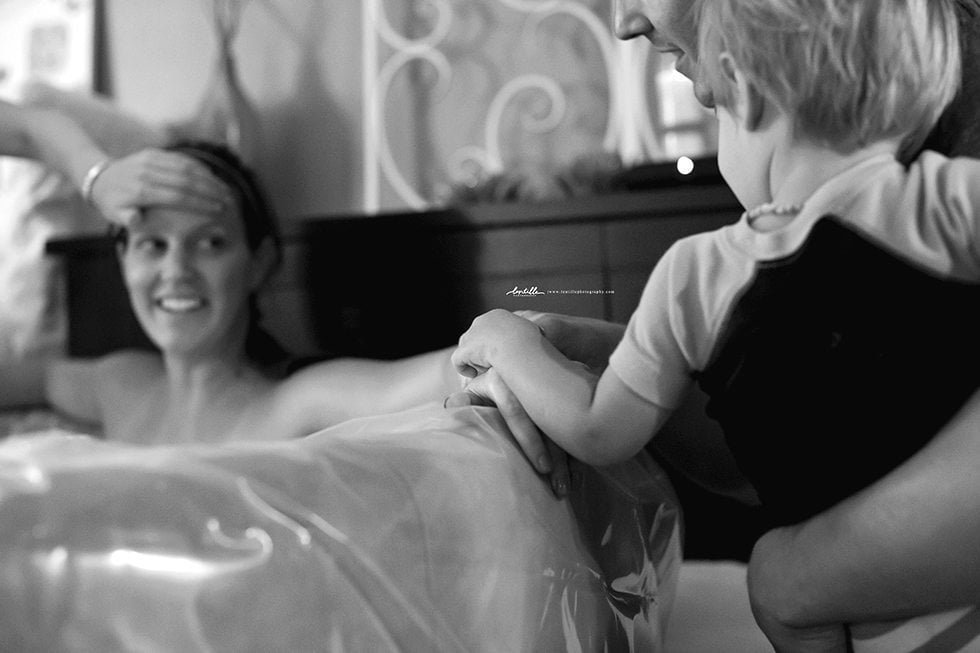
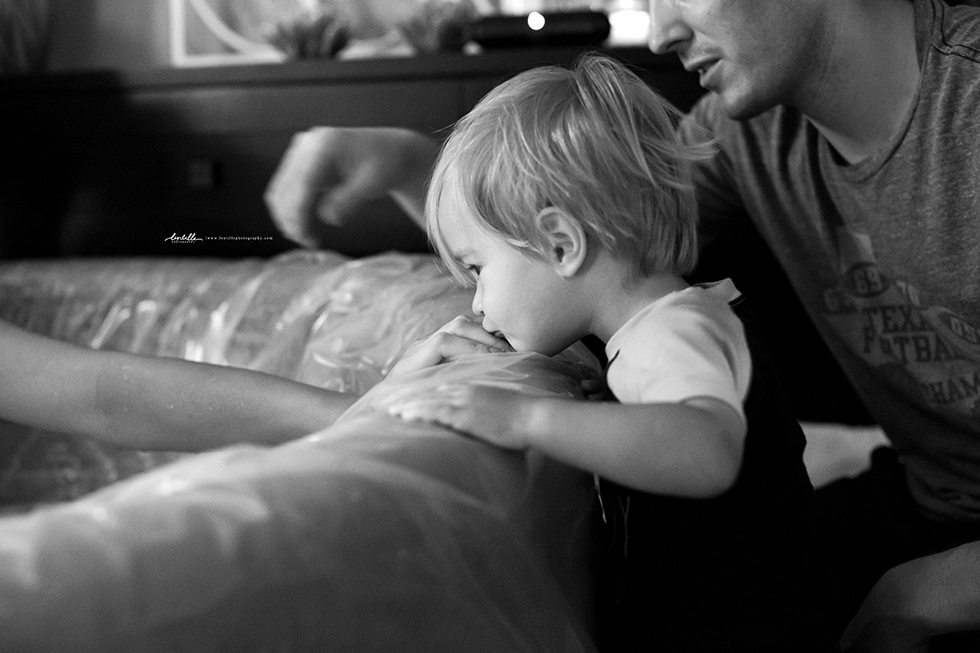
You also have the choice of what room and where you want to give birth when you’re at home. You can change rooms throughout your labor and even when pushing to more comfortable and beneficial places. When you’re at the hospital, you must labor, usually near your bed, because your monitor power cords only allow you to go a few feet. And with pushing, you have to give birth on the hospital bed, usually while lying on your back. This makes it easier for your doctor to catch your baby so they can then stand or sit comfortably on a stool as you push your baby out. (Have you ever taken a poop while lying on your back? Well, imagine pushing a melon out while lying on your back…)
Once your little one is born, you also have no restrictions on when you need to clamp and cut the umbilical cord. You don’t have to give your baby a vitamin-K shot immediately or a Hepatitis-B shot either, and you don’t have to use the eye ointment (erythromycin) if you choose not to.4
5. FOOD!
Okay, I know that women who give birth at a hospital can’t eat because of the extremely low risk of aspiration should a C-section be necessary. But seriously… have you ever labored for 35 hours and tried to push a watermelon through a keyhole on an empty stomach? Yeah, it’s as fun as it sounds… That’s like trying to run a marathon on nothing but ice chips. 🙁 When you’re at home, you are free to eat whatever, whenever you’d like, during your labor because you need that fuel for energy to finish the race feeling strong.
Also, if you have dietary restrictions (for example, you only eat kosher food or gluten intolerance), you will have all the types of food you like to eat and can eat for your labor and after your baby is born.
6. Less Expensive
A home birth is relatively low-cost compared to a hospital birth. A planned home birth might cost about one-third of the hospital birth’s cost. Call some of your local midwives for pricing and ask about insurance coverage. You can save a lot of money by choosing a home birth, and you could then use that extra money for diapers, wipes, a stroller, clothing, and all the other baby necessities.
7. YOU are in Control
Many women choose to give birth at home because they are afraid their birth plan will not be taken seriously at the hospital… and rightly so. I’ve heard people say that their doctor was entirely on board with everything on their birth plan, but then in the labor and delivery room, the doctor changed and ended up doing what they preferred and went against their plan. Yes, these things do happen. Even if you do have the best doctor, you aren’t guaranteed that your doctor will be on call the day you go into labor. Who knows which doctor will be working that night or day and what nurses you’ll have. The last thing a laboring mother wants to do is argue over her birth plan and defend herself. She’s already going through enough. But unfortunately, this happens more often than you might think.
Unlike a hospital birth, you are in control. If you want to move, you can move. If you want to eat, you can eat. You can walk outside, go to your garden, watch a movie, or have a dance party! Your partner is also allowed to be more involved — he may be able to catch the baby (if you and he feel comfortable with that), and he can cut the cord. You also can bring your baby immediately to your chest once they are born. There is no time constraint; you can hold and bond with your baby as long as you’d like.
In some hospitals, the baby is cleaned and evaluated immediately after delivery in a warming unit, preventing mothers from spending time with the baby right after birth. For a home birth, cleaning and evaluation are done in your arms. The first hour after birth is the golden hour, and it’s the perfect time to bond by holding your baby skin-to-skin and start breastfeeding.
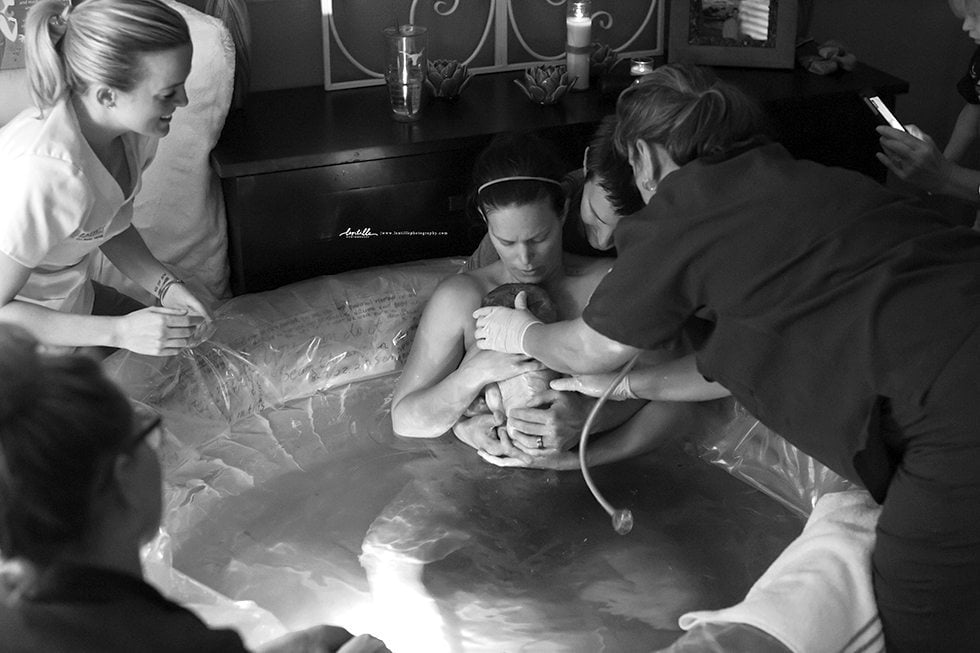
If you decide on a hospital birth, be specific when writing your birth plan and continually discuss your preferences and your birth plan with your care provider.
Also, because you are in control, there is no pressure to circumcise, vaccinate, or apply for a Social Security number for your baby right after a home birth. You can do these things once you and your baby have settled after the big event. You both have been through a lot, so taking your time, recovering after birth, and resting are important. At home, you won’t be rushed to do things. You get to go at your own pace.
8. It’s All About You
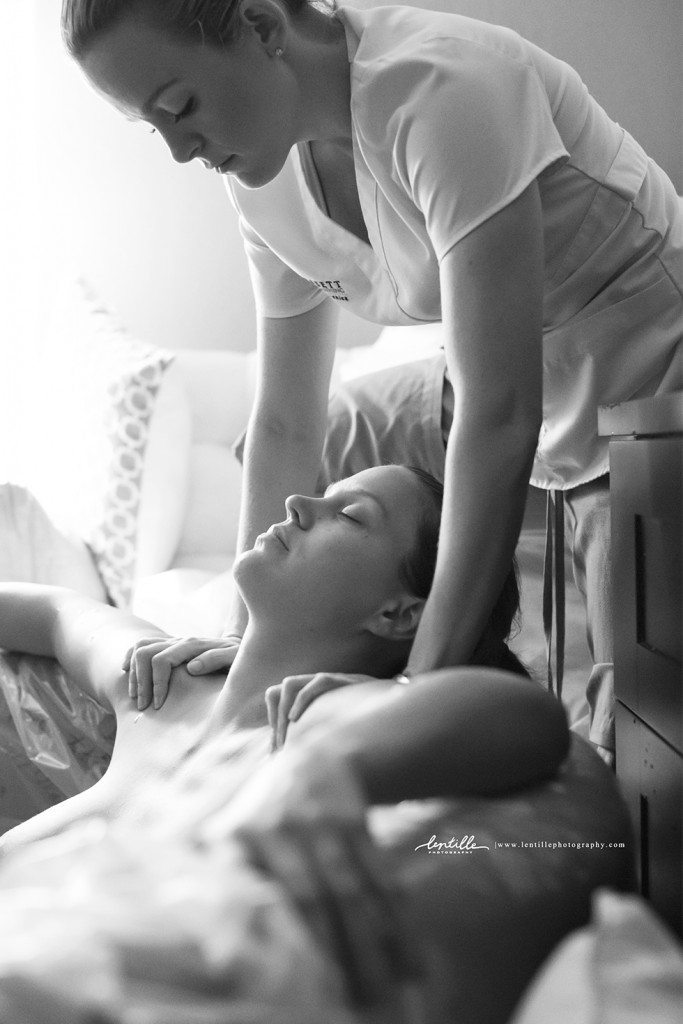
You have your healthcare provider all to yourself during a home birth. They aren’t leaving you and coming back once more until your baby’s crowning. Your midwife is 100% focused on you and your baby. The midwife will be with you to provide support, monitor the health and well-being of you and your baby, and help you through labor and birth. They carry the same equipment and medication you would find at a birth center, so if you need something, she can care for it. Your midwife will also stay with you for several hours after your birth to help with cleaning up, making sure that you and baby are doing well and are healthy, and she will follow up with you several times to visit and give you lactation advice after the birth.
9. You Can Push in Any Position
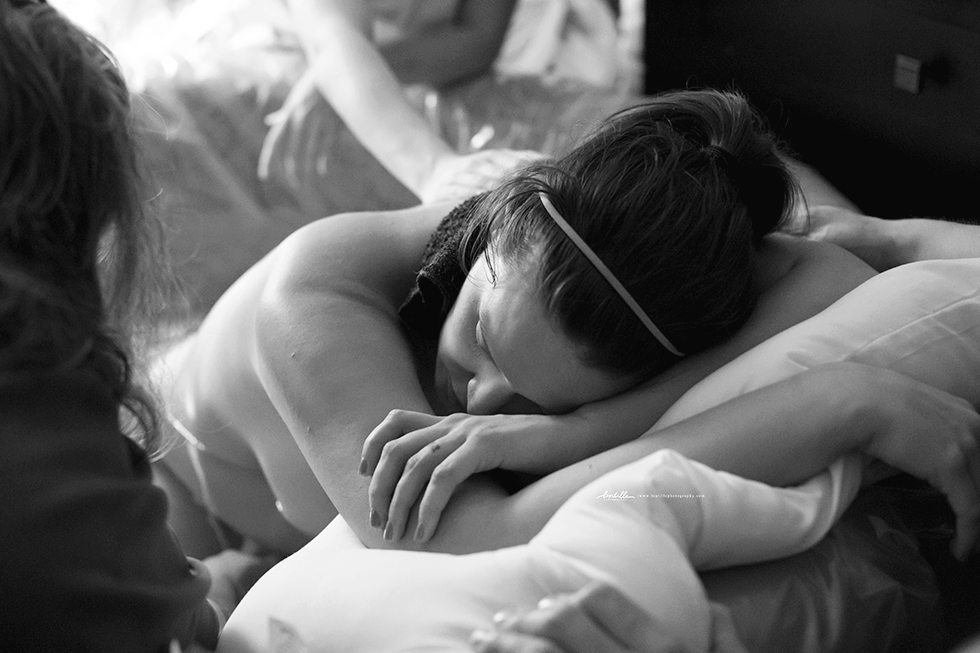
Whether you want to push on a birth ball, bed, tub, birthing stool, shower, or bedroom floor, it doesn’t matter. If you want to squat against a wall, birth in the tub, push on your side, on all fours, or knees to face, go for it. You don’t have any restrictions when it comes time to push because as long as you and your baby are doing well, a midwife doesn’t mind bending down or reaching a bit to help catch your baby.
10. Having a Natural Labor & Birth
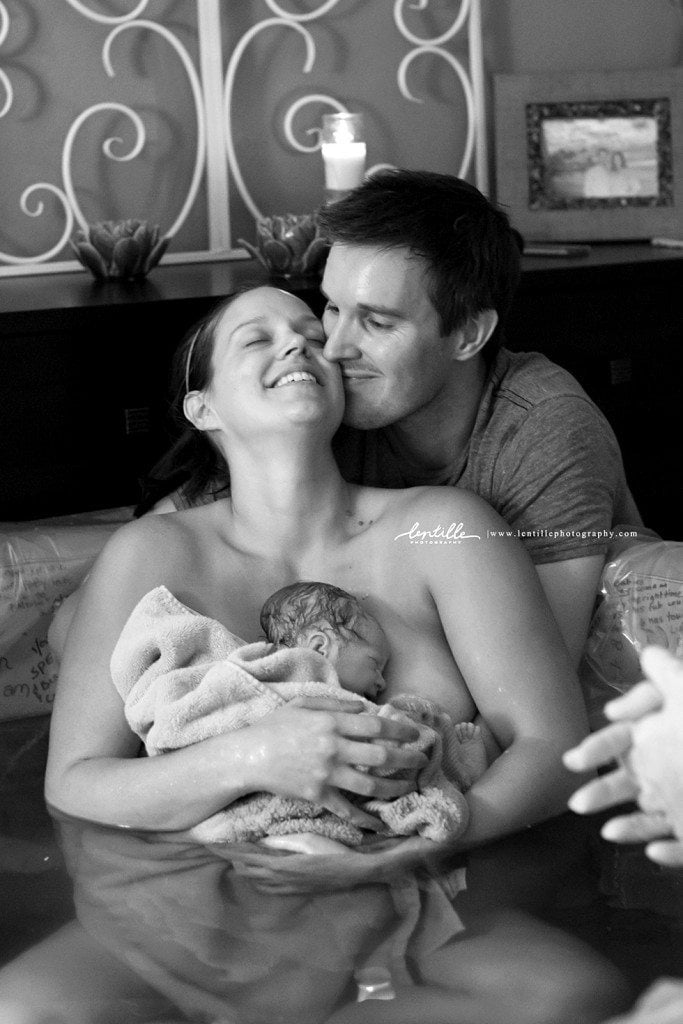
A home birth is an excellent option if you desire to go through labor naturally, with no epidural and pain medications. If you want to remain in control of your body as much as possible, be an active participant throughout your labor, not have many limitations, and have minimal routine interventions (such as continuous electronic monitoring, an IV, vaginal checks every few hours, etc.), a natural, unmedicated labor and birth is the birth you want.
With the proper preparation and support (consider taking a good childbirth class and hiring a doula), mothers often feel empowered and deeply satisfied by natural childbirth. Only when women do not receive the proper education and continuous hands-on emotional, physical, and informational support can they experience unhappiness and dissatisfaction with a natural birth. But unlike pain meds, natural childbirth techniques are not invasive, so there’s no or minimal potential for harm or side effects for you or your baby.
11. It’s Just As Safe (If Not Safer) Than a Hospital Birth
A planned home birth attended by a certified midwife has very low perinatal death compared to hospital birth, significantly lower maternal mortality rates, and a 97% birth experience satisfaction rate, which is much greater than hospital birth experiences.5,6 These reasons alone should make women reconsider and give birth at home. The largest study of U.S. home births confirmed these findings.7 Also, it included women who would typically have been considered high-risk (for example, breech, VBAC, multiple gestations, preeclampsia, gestational diabetes).
12. Quicker Birth, Faster and Easier Recoveries
From my experience, women who give birth at home seem to bounce back quicker. This could be due to many reasons:
- the lack of interventions during labor and birth
- you can rest in your own bed without interruption every 30 minutes
- home-cooked meals that are to your liking and in line with your diet
- long herbal baths to help soothe your parts and help with recovery
- and you have the intimate care of your midwife, family, and friends
13. You Can Have Both
If you decide to give birth at home, it doesn’t mean you can’t have the benefits of a hospital, should you need one. During your prenatal visits with your midwife, she will share all the potential “what if’s” and discuss a backup plan with you should an emergency arise. Midwives have good systems in place for transferring to a hospital when necessary. And a good midwife always comes equipped with good emergency plans and the ability to recognize if and when you need to use them.
Just remember that hospitals are open 24/7, and your midwife will not want to wait until it is too late to make a call or a transfer. So if you need a hospital, it will be there.
I hope these points have answered many of your questions and cleared up misunderstandings about giving birth at home. I know home birth isn’t for everyone, but if you feel drawn to it, I say go for it! It’s not as crazy as it sounds.
If you’re unsure whether you have medical or obstetrical problems that would keep you from having a home birth, contact a home birth provider and share your concerns with her. If there are no obvious reasons to rule out a home birth, you can make an appointment for a prenatal visit. At that visit, the caregiver will do a detailed history, physical exam, and the usual set of lab tests. She’ll continue to assess your situation throughout your pregnancy and during your labor, birth, and the postpartum period. If you’re a healthy expectant mother with a normal pregnancy and no medical or obstetrical risk factors, giving birth at home is a great option and should be considered.
Thank you, Lentille Photography, for the photos, and a huge thanks to the S family for allowing me to share your pictures of your beautiful home birth! ❤️













